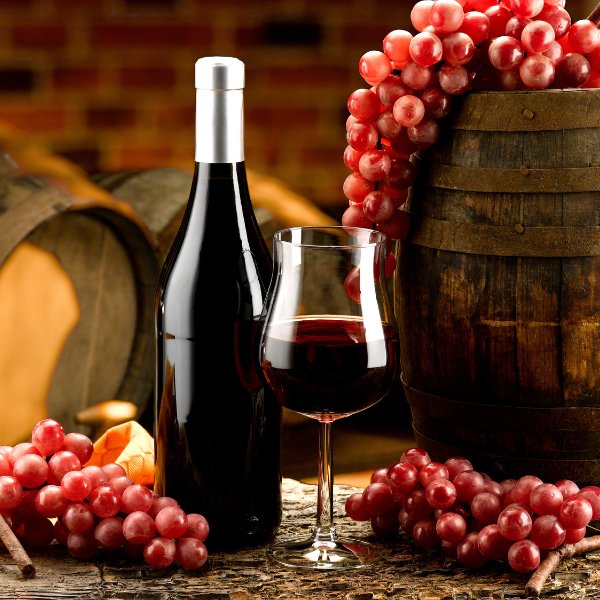In 2024, the catering industry is leading the way with cutting-edge food labeling innovations that elevate customer experience, ensure regulatory compliance, and prioritize sustainability. As consumer expectations rise, customized food labels, food package labels, and packaging labels are rapidly evolving to meet the diverse and dynamic needs of both businesses and their customers. A 2023 survey by Label Insight revealed that 94% of consumers are more likely to remain loyal to brands that offer full transparency in product labeling, including detailed information about ingredients, sourcing, and production methods. This trend underscores the critical role of personalized, transparent labeling in creating meaningful dining experiences and shaping the future of the food and beverage industry. In this article, we will delve into the top trends driving these changes and how they are set to transform catering food labels in the years ahead.

Customized Food Labels: Personalization And Flexibility
Personalization and flexibility are at the forefront of trends in customized food labels. As consumers solicit more transparency and information about their food, businesses are leveraging advanced labeling technologies to offer detailed and personalized information.

- Personalized Nutritional Information: Customized food labels now often include personalized nutritional information, catering to specific dietary needs such as vegan, gluten-free, or keto. This not only enhances customer satisfaction but also builds brand trust.
Dynamic QR Codes : Integrating dynamic QR codes on packaging food labels is becoming increasingly popular. These codes can be scanned by customers to access real-time information about the food’s origin, ingredients, and even preparation methods. The market for smart labels, which include QR codes and RFID tags that provide additional product information, is projected to grow by 14.6% annually between 2022 and 2027.
Sustainable And Eco-Friendly Packaging Labels
Sustainability is a significant trend in food package labels for 2024. With growing environmental awareness, consumers and businesses are leaning towards eco-friendly packaging solutions.

- Biodegradable Labels: One of the most significant advancements is the use of biodegradable and compostable labeling materials. These food labels reduce environmental impact and align with global sustainability goals.
Minimalist Design : Eco-friendly packaging labels often feature minimalist designs that use less ink and fewer resources. This trend not only supports sustainability but also appeals to the modern consumer’s aesthetic preferences.
Compliance And Safety: Enhanced Food Package Labels
Compliance and safety are critical in the food industry, and food package labels are evolving to meet stringent regulatory standards.
- Allergen Information: Accurate allergen information is crucial for ensuring consumer safety. In 2024, food labels are expected to provide clearer and more prominent allergen warnings. According to the Food Allergy Research & Education (FARE), over 32 million Americans have food allergies, making this a vital aspect of food labeling.
Tamper-evident Seals : Incorporating tamper-evident seals on packaging labels is another trend aimed at enhancing food safety. These seals provide a visual indication if the product has been tampered with, ensuring the integrity of the food.
Innovative Design And Technology In Packaging Labels
Innovative design and technology are transforming how packaging labels are used in the catering industry.
Smart Labels: The integration of smart labels, which can monitor temperature and freshness, is a growing trend. These labels use sensors to provide real-time data on the condition of the food, helping to ensure quality and safety from production to consumption.
Interactive Labels : Interactive packaging labels engage customers through augmented reality (AR) experiences. By scanning the label with a smartphone, customers can access interactive content such as recipes, brand stories, and promotional offers.
Pathway To Success In Food Labeling Innovation
In 2024, the catering industry is at a pivotal moment, where embracing trends in personalization, sustainability, compliance, and technological innovation in food labeling is not just advantageous but essential. By adopting these forward-thinking strategies when deciding their customized food labels, businesses can deliver safer, more engaging, and eco-friendly labeling solutions that resonate with modern consumers.
Staying ahead of these trends will not only boost customer satisfaction but also secure a competitive edge in a rapidly evolving market. The future of catering lies in the ability to adapt, innovate, and lead with integrity, ensuring that food labeling becomes a key driver of success.






